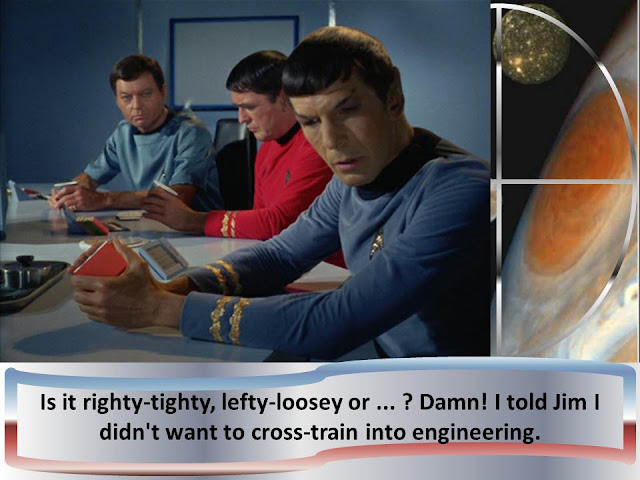ALL POKER IS LIKE WAR
You need to be prepared, but remember that also like war, no plan survives the first shot or engagement.
1. Bring an ACE. Preferably, bring at least two Royalty cards. Bring all of their friends who are connected to Royalty.
2. Anything worth betting on is worth a raise. Aggression is cheap. Passiveness is expensive.
3. Only hits count. The only thing worse than a miss is a slow miss.
4. If your image is predictable, you're probably not raising enough nor using position correctly.
5. Move away from your attacker. Distance is your friend. (Unless you have him out gunned, then draw him in for the kill.)
6. If you can choose what to bring to a shootout, bring an ACE and a friend of Royalty.
7. Ten years from now, no one will remember the details of the game, hand, or tactics. They will only remember who won.
8. If you are not betting, you should be observing, counting stacks, and tagging opponents.
9. Aggression is relative. This is a BIG one. (Most aggressive action will be more dependent on "pucker factor" than the inherent validity of the hand)
10. Use a position tactic that works every time. (All skill is in vain when an big stack thinks you are weak)
11. If you are unsure of a course of action, do not attempt it. Timidity is dangerous, better to enter with boldness. The end is everything.
12. Always Lie; Conceal your intentions. Cultivate an air of unpredictability.
13. Always have a plan and have a back-up plan, because the first one won't work.
14. Use cover or concealment as much as possible. The visible target should be in FRONT of your gun.
15. Do not give comfort or information to the enemy.
16. Don't drop your guard.
17. Challenge. The risk of never challenging is always greater than the risk of challenging.
18. Create Fear. If your opponents aren’t sure what attacking you will cost, they will not want to find out.
19. Do not fight the LAST battle: Use Guerrilla Warfare of the Mind.
20. If you have the opportunity to eliminate your opponent, you must do it. It is the rule in war!
21. Be polite. Be professional. But have a plan to kill everyone you meet.
22. Be courteous to everyone, friendly to no one.
23. Everyone has a weakness. Find it and exploit it.
I NEVER BLUFF
3. Only hits count. The only thing worse than a miss is a slow miss.
4. If your image is predictable, you're probably not raising enough nor using position correctly.
5. Move away from your attacker. Distance is your friend. (Unless you have him out gunned, then draw him in for the kill.)
6. If you can choose what to bring to a shootout, bring an ACE and a friend of Royalty.
7. Ten years from now, no one will remember the details of the game, hand, or tactics. They will only remember who won.
8. If you are not betting, you should be observing, counting stacks, and tagging opponents.
9. Aggression is relative. This is a BIG one. (Most aggressive action will be more dependent on "pucker factor" than the inherent validity of the hand)
10. Use a position tactic that works every time. (All skill is in vain when an big stack thinks you are weak)
11. If you are unsure of a course of action, do not attempt it. Timidity is dangerous, better to enter with boldness. The end is everything.
12. Always Lie; Conceal your intentions. Cultivate an air of unpredictability.
13. Always have a plan and have a back-up plan, because the first one won't work.
14. Use cover or concealment as much as possible. The visible target should be in FRONT of your gun.
15. Do not give comfort or information to the enemy.
16. Don't drop your guard.
17. Challenge. The risk of never challenging is always greater than the risk of challenging.
18. Create Fear. If your opponents aren’t sure what attacking you will cost, they will not want to find out.
19. Do not fight the LAST battle: Use Guerrilla Warfare of the Mind.
20. If you have the opportunity to eliminate your opponent, you must do it. It is the rule in war!
21. Be polite. Be professional. But have a plan to kill everyone you meet.
22. Be courteous to everyone, friendly to no one.
23. Everyone has a weakness. Find it and exploit it.
I NEVER BLUFF







